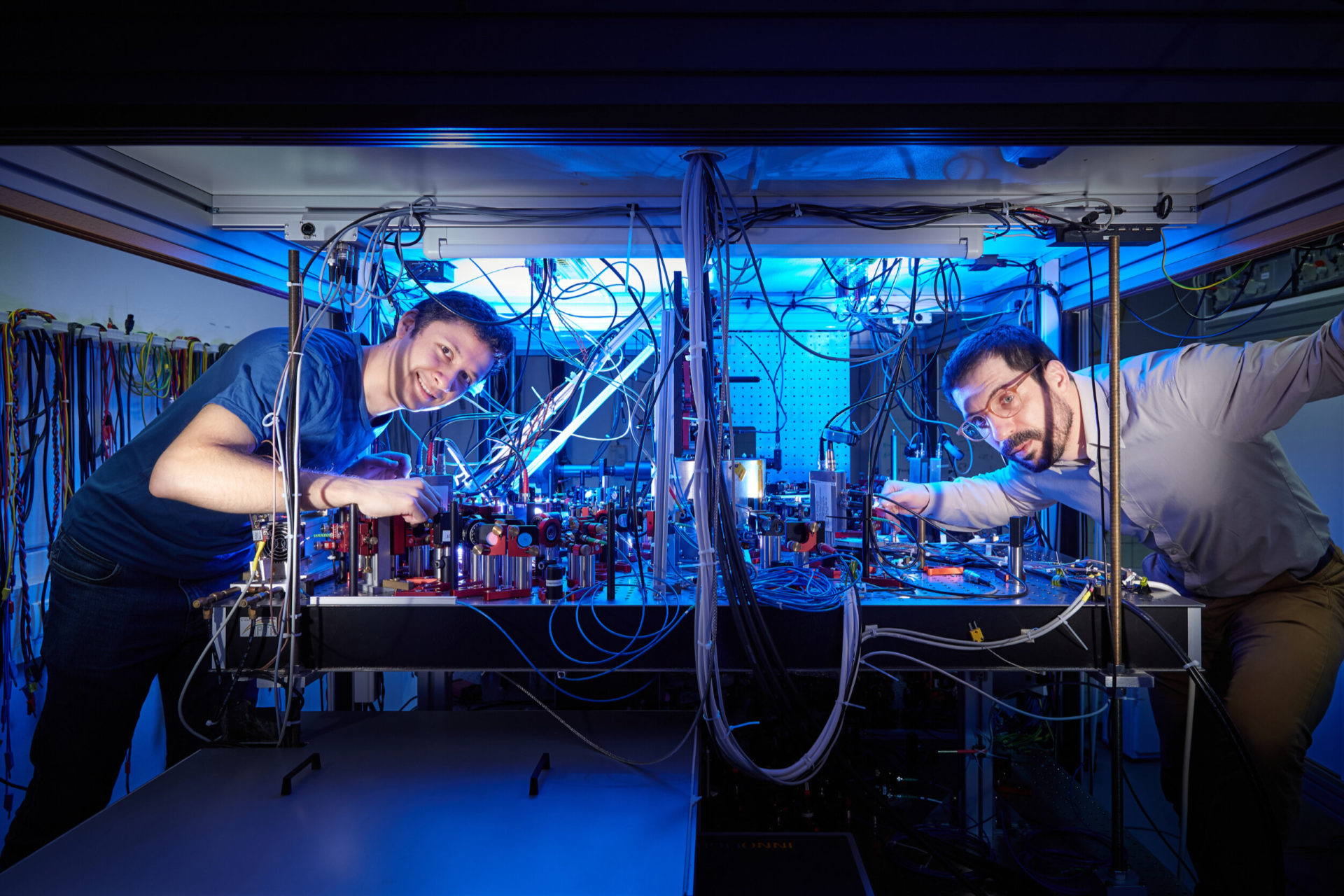A research team led by Mikhail Lukin at Harvard University has recently proposed a new type of metasurface that can control both the spatiotemporal and quantum properties of transmitted and reflected light.
The team showed that realizing a quantum metasurface is possible and could be achieved by entangling the macroscopic response of thin atom arrays to light.
As part of their study, Bekenstein and her colleagues reviewed different quantum metasurfaces that can be controlled to have different light scattering properties. One of the most prominent sources for the development of quantum technologies are entangled states, which are unique states that only exist for quantum entities. The quantum metamaterial proposed by the researchers enables the production of specific entangled states of many light particles (i.e., photons), which are particularly valuable for quantum information processing applications.
By employing Rydberg interactions that naturally occur in atomic systems, Bekenstein and her colleagues were able to identify a scheme in which a single layer of atoms simultaneously reflects and transmits light in a quantum superposition. In other words, the resulting quantum metasurface could both become transparent and reflect light, like a mirror.
Remarkably, the recent study by Bekenstein and her colleagues introduces a technique to gain quantum control over the response of macroscopic materials to light. This technique could pave the way for the development of an entirely new type of quantum materials, while also potentially revolutionizing the current understanding of quantum optical materials and their response to light.
The paper has been published in Nature Physics.



